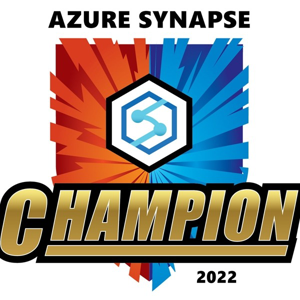Hello @Craig Nixon !
Welcome to Microsoft QnA!
As we can see from the link FairCom / C-Tree database is not natively supported
https://learn.microsoft.com/en-us/azure/data-factory/connector-overview
In this case as we can read from the same link :
Integrate with more data stores
Azure Data Factory and Synapse pipelines can reach broader set of data stores than the list mentioned above. If you need to move data to/from a data store that is not in the service built-in connector list, here are some extensible options:
For database and data warehouse, usually you can find a corresponding ODBC driver, with which you can use generic ODBC connector.
For SaaS applications:
If it provides RESTful APIs, you can use generic REST connector.
If it has OData feed, you can use generic OData connector.
If it provides SOAP APIs, you can use generic HTTP connector.
If it has ODBC driver, you can use generic ODBC connector.
For others, check if you can load data to or expose data as any supported data stores, e.g. Azure Blob/File/FTP/SFTP/etc, then let the service pick up from there. You can invoke custom data loading mechanism via Azure Function, Custom activity, Databricks/HDInsight, Web activity, etc.
So the point is
Does this Database support ODBC ?
If FairCom/C-Tree supports an ODBC driver, you might be able to use the ODBC connector in Azure Data Factory to connect to your database
Other thoughts :
Rest API ,again If your FairCom/C-Tree database supports it, you could create a REST API layer to expose the data and then use the HTTP connector in Azure Data Factory to pull the data.
The error message suggests that there could be compatibility issues , Authentication or even Access and Permissions
If you are able to post some info or Screenshots it could be possible to provide additional assistance , but please be aware of the ODBC support and/or compatibility
I hope this helps!
Kindly mark the answer as Accepted and Upvote in case it helped!
Regards

